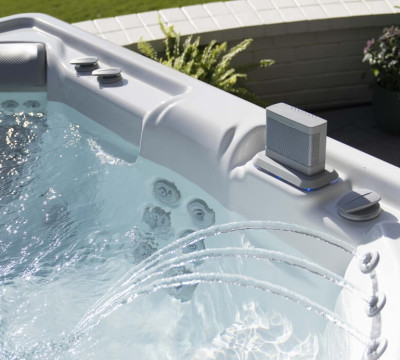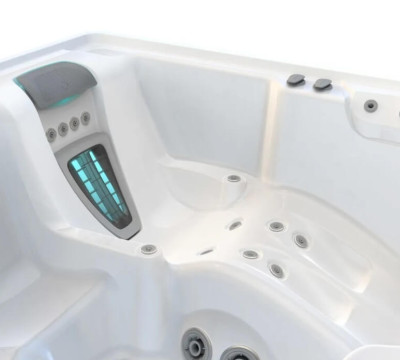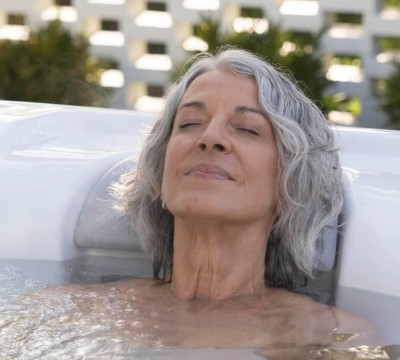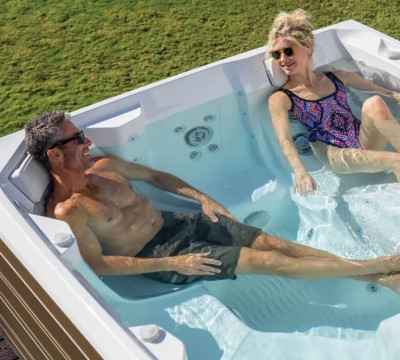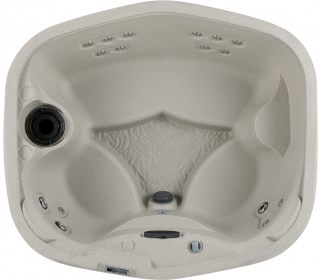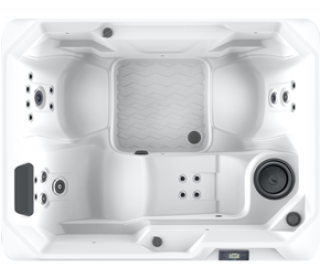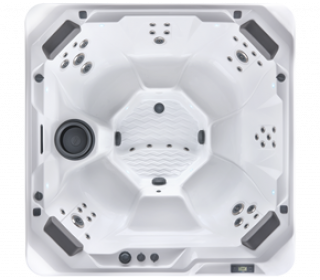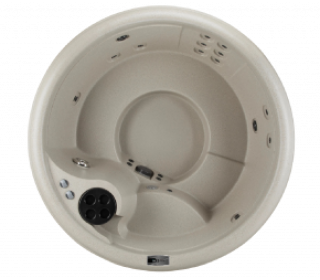When shopping around for spa pools it’s easy to get drawn to an attractive sticker price. After all who doesn’t love a bargain? However, what’s often overlooked when comparing spa pool brands is spa insulation and spa running costs.
In Australia, spa manufacturing standards are fairly unregulated. If we went to a regulated industry like the building industry, we would never have these conversations because the building industry has strict codes.
Currently spa brands can make big pitchy claims such as being the most energy efficient, having the highest R-value, having full foam insulation (open or closed cell) with no real governing authority to examine and approve these claims. This is where buyers can get stung big time.
Hot Spring Spas have been manufacturing spa pools for 40 years in Vista, California and in this article, we explore the best ways to measure spa pool efficiency and running costs to help spa buyers to get the best deal possible.
Why does spa insulation matter?
Spa pools need insulation to maintain their water temperature in an energy efficient way. Spa insulation provides an extra layer between your 40-degree water and the cold climate outside, especially during Australia's winter months. It plays a vital role in ensuring your spa pool doesn’t cost a lot to run.
Benefits of full spa insulation:
- Increases energy efficiency
- Protects spa equipment during cooler climates
- Helps your spa pool last longer
- Provides structural support to important spa components
Without proper spa insulation, your jacuzzi spa pool may require much more energy to maintain a constant water temperature. Uninsulated spas are much more expensive to operate and their electrical components tend to wear out faster because of problems caused by water condensation.
High-quality insulation helps keep your energy bills low and with the right maintenance, helps extend the life of your spa pool.
What are spa pool insulation types to consider?
There are many different ways manufacturers choose to insulate spa pools. Spa insulation foam is usually made out of urethane and sprayed inside the cabinet. Barrier insulation, thermal wraps and FiberCor are also common types of spa insulation on the market also.
Partial foam insulation: With partial foam insulation, spray foam only fills part of the cabinet. While it won’t give the highest level of energy efficiency, it’s a solid option if you're primarily concerned with the cost of a spa pool.
Full foam insulation: Unlike partial foam, this type of foam insulation fills the entire cabinet so no air can escape. Full foam insulation also helps protect spa equipment from movement and makes the shell more durable and stable. Full foam is more expensive than partial foam insulation, but it’s more energy-efficient and effective.
Multi-density foam insulation: Manufacturers make multi-density foam by using a variety of density levels when adding foam insulation. This variety allows the manufacturer to put the right level of insulation density where it makes the most sense, leading to the highest level of support and efficiency. However, it’s more expensive because it takes longer to install and costs more to make.
Thermal wrap insulation: This is more commonly used in Fastlane Pools. It doesn’t add much insulation. Thermal wrap insulation blankets the inside or outside of your spa and helps retain heat. Sometimes the outside wrap can be coated with reflective colours to help minimise the escaping warmth. This insulation is better than no insulation, but it's not the best option overall.
Barrier insulation: Barrier insulation coats the inside of the spa cabinet while allowing air to move through. This type of insulation allows heat to transfer more effectively without the use of pumps or vents, which are needed when using foam insulation. Reflective foil barriers reflect heat while doubling the barrier for added insulation.
FiberCor insulation: This is a new type of proprietary insulation by Watkins Wellness. FiberCor is similar to full foam because it’s sprayed into the cavity. However, instead of foam, this type of insulation uses a fiber similar to wool. It is four times as dense as foam and easier to remove. This is found in Hot Spring Spas Limelight and Hot Spot Spa Collections.
What is R-Rating value and how does it relate to spa insulation?
Firstly, the R-value typically applies to the building industry. It’s a term used to measure how well a two-dimensional barrier such as a layer of insulation, a window or a complete wall or ceiling, resists the conductive flow of heat. An R-value can be given for a material such as polyethylene foam or for an assembly of materials. In the case of materials, it is often expressed in terms of R-value per unit length (e.g. per inch or metre of thickness). Determining the R value of a spa pool can be quite subjective and difficult to calculate overall.
What is the best measure of spa efficiency?
The best measurement of spa efficiency is a full, independent laboratory report of running costs based on:
- Heating the spa
- Running the spa with massage jets on
- Having the spa cover on/off
- Taking into account the ambient temperature
- Using the relevant local power charges
What is really important is the actual running cost of a spa. This is not necessarily the "standby" running cost manufacturers use (Hot Spring is one of the lowest). This is like measuring the fuel consumption of your vehicle while it’s just sitting it in the driveway with the engine idling.
The energy efficiency of a spa is not only about retaining heat. True efficiency starts at the time when the manufacturer chooses the way to build a spa. Pumps, heaters, insulation and plumbing must all be considered when producing an energy efficient spa. It’s the same with a refrigerator. You never buy a fridge without insulation. Nor should you buy a spa without insulation. However, you could have the best insulation on the market but, if the door is left open or the seal is broken, the type of insulation is irrelevant.
Get in touch with your local Hot Spring dealer and see why so many Aussies have been choosing Hot Spring Spas for four decades.



